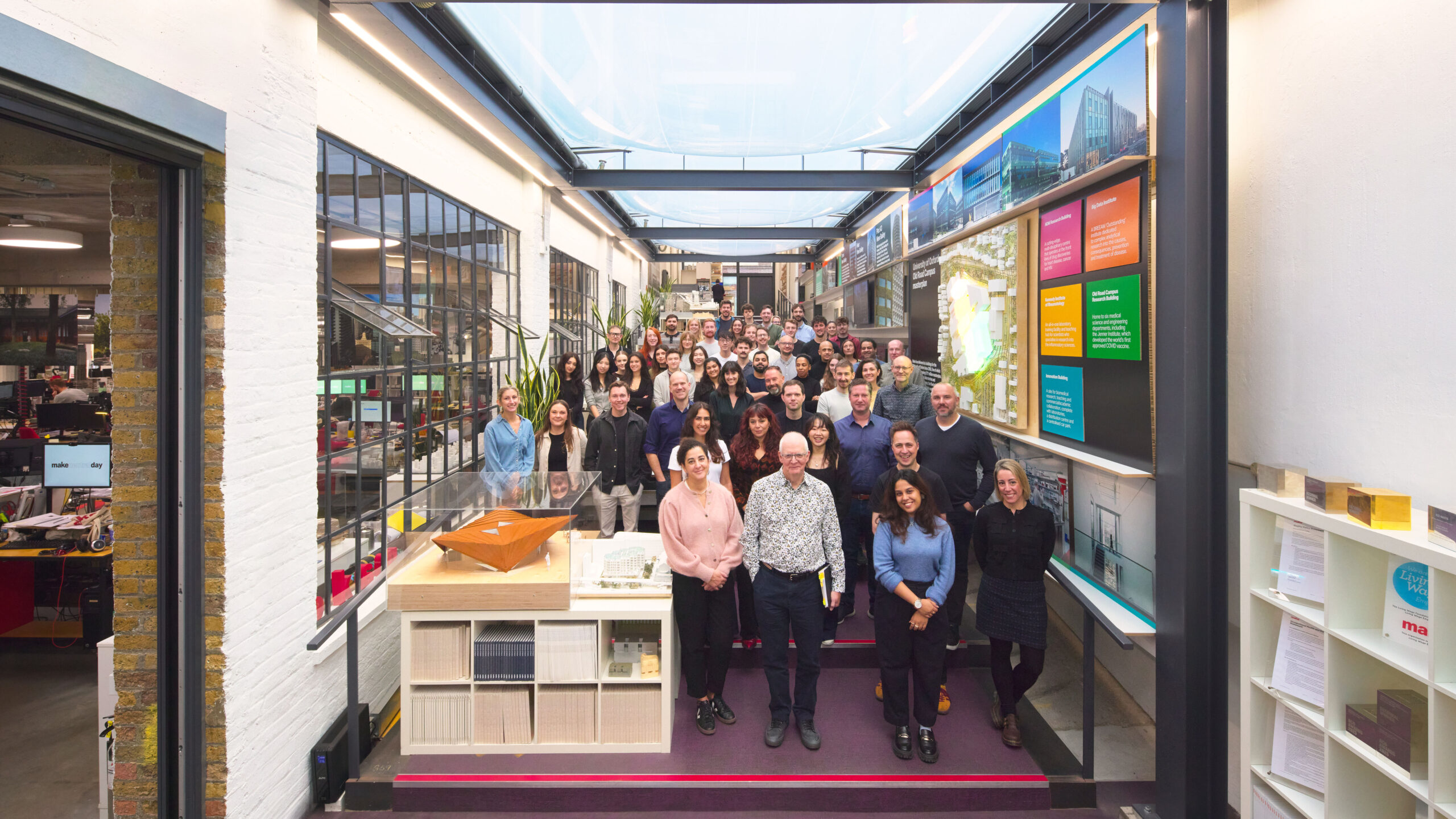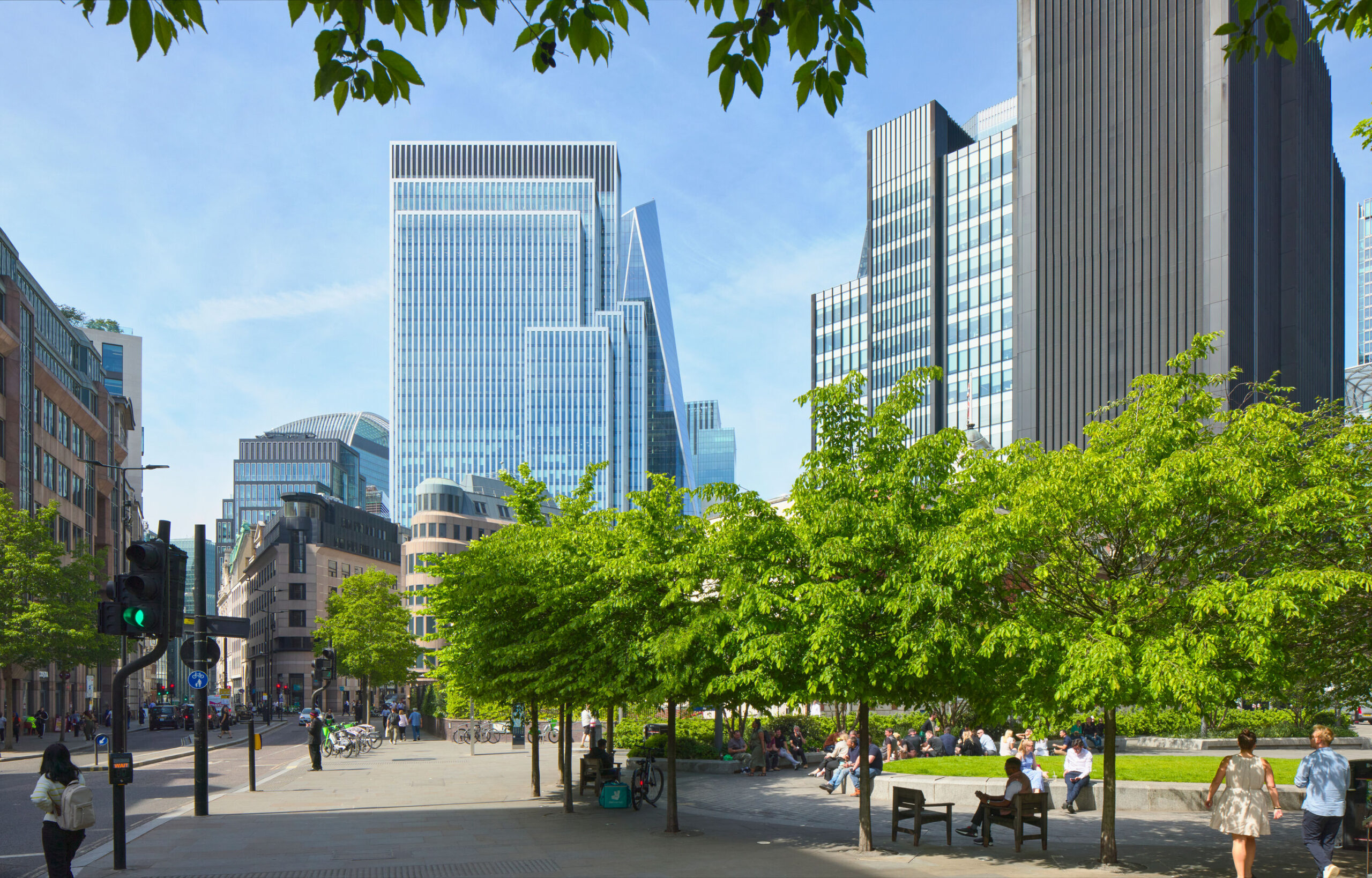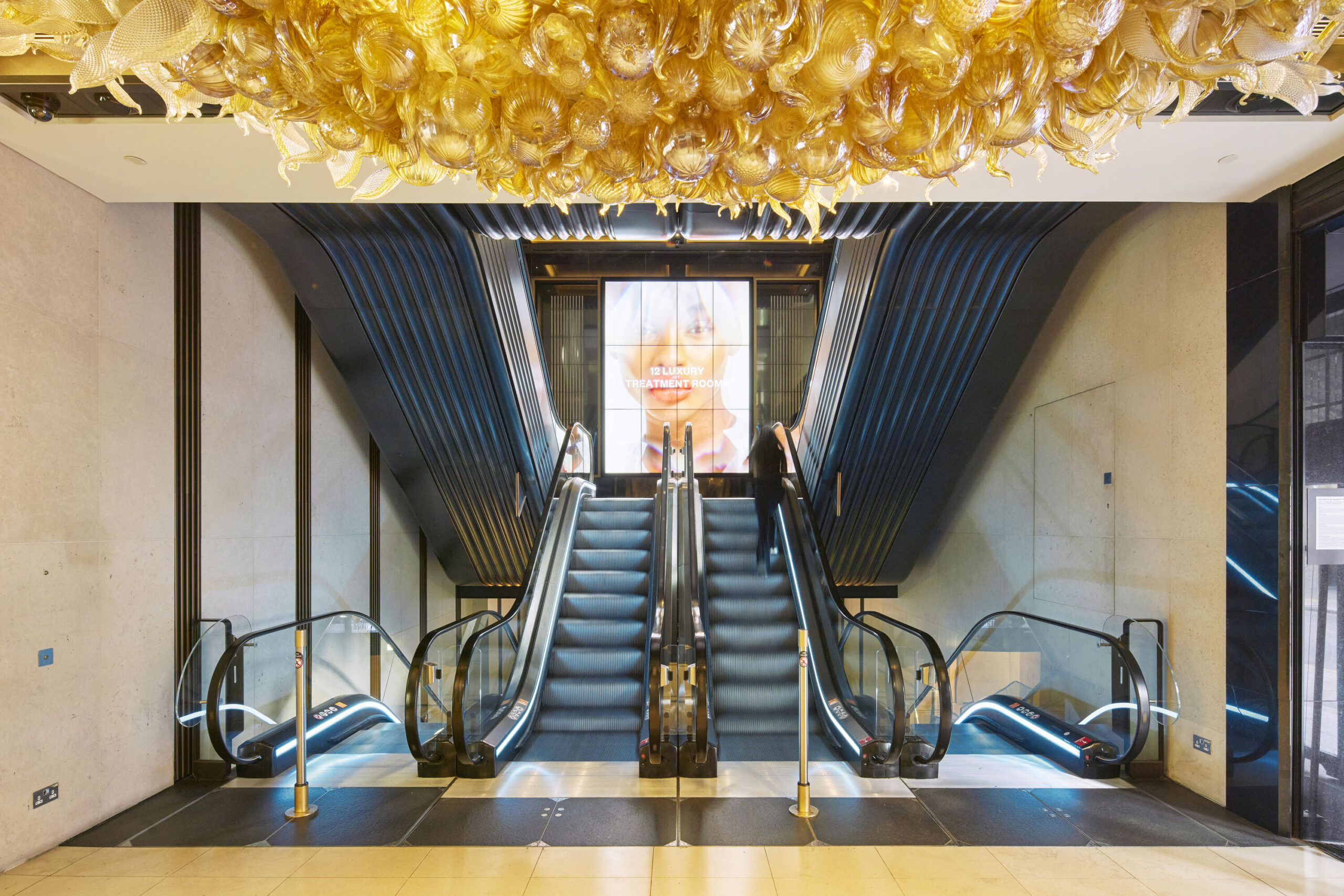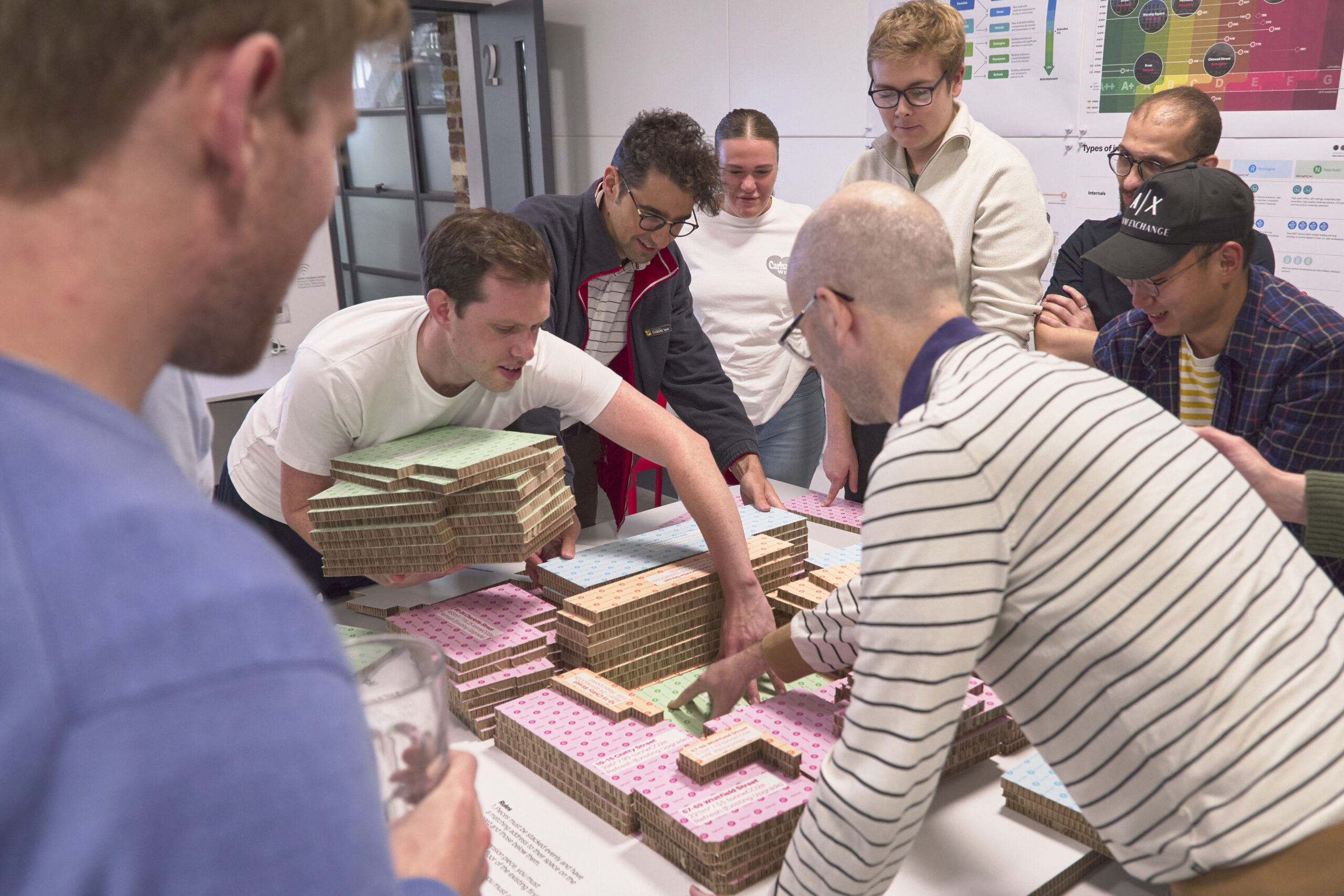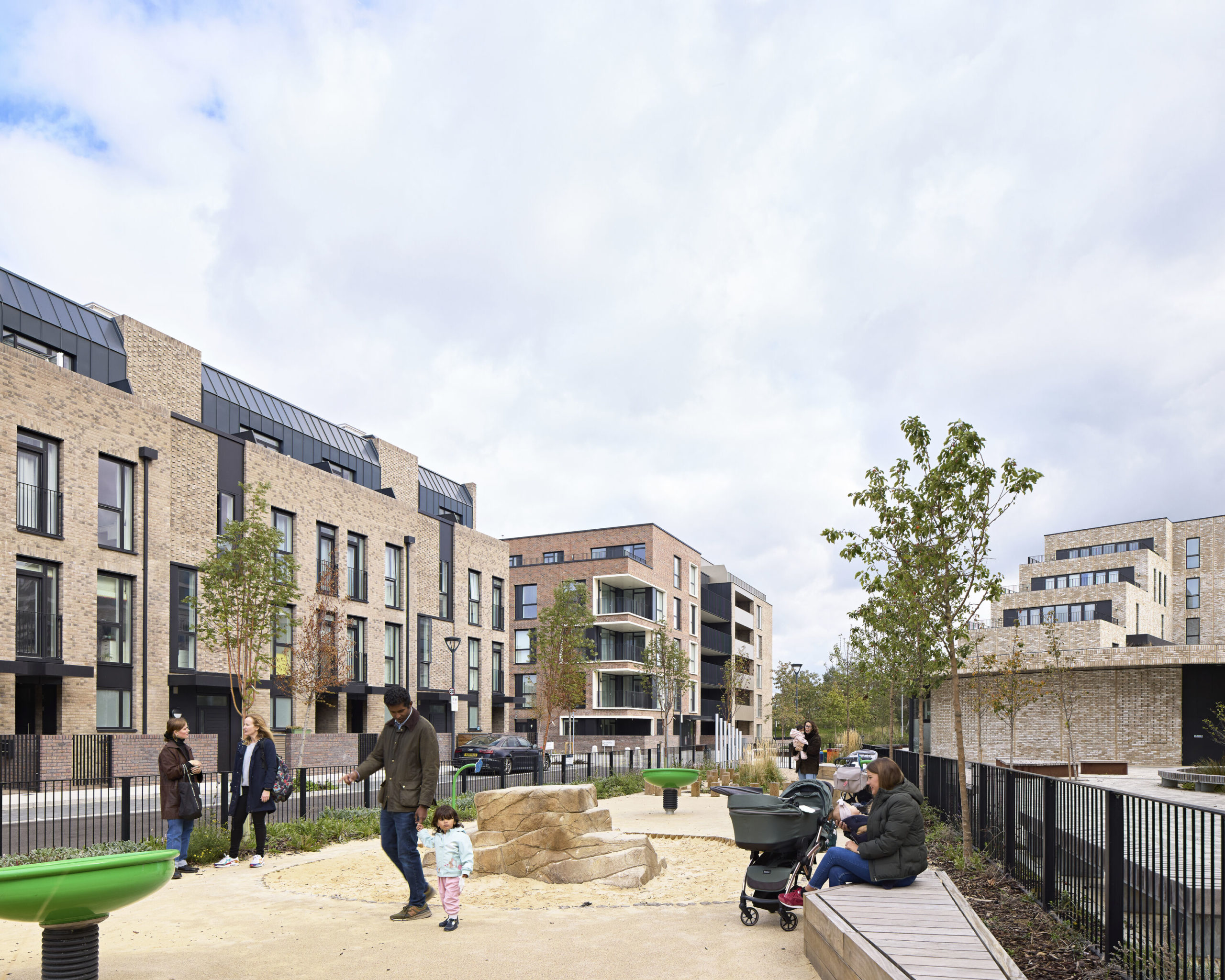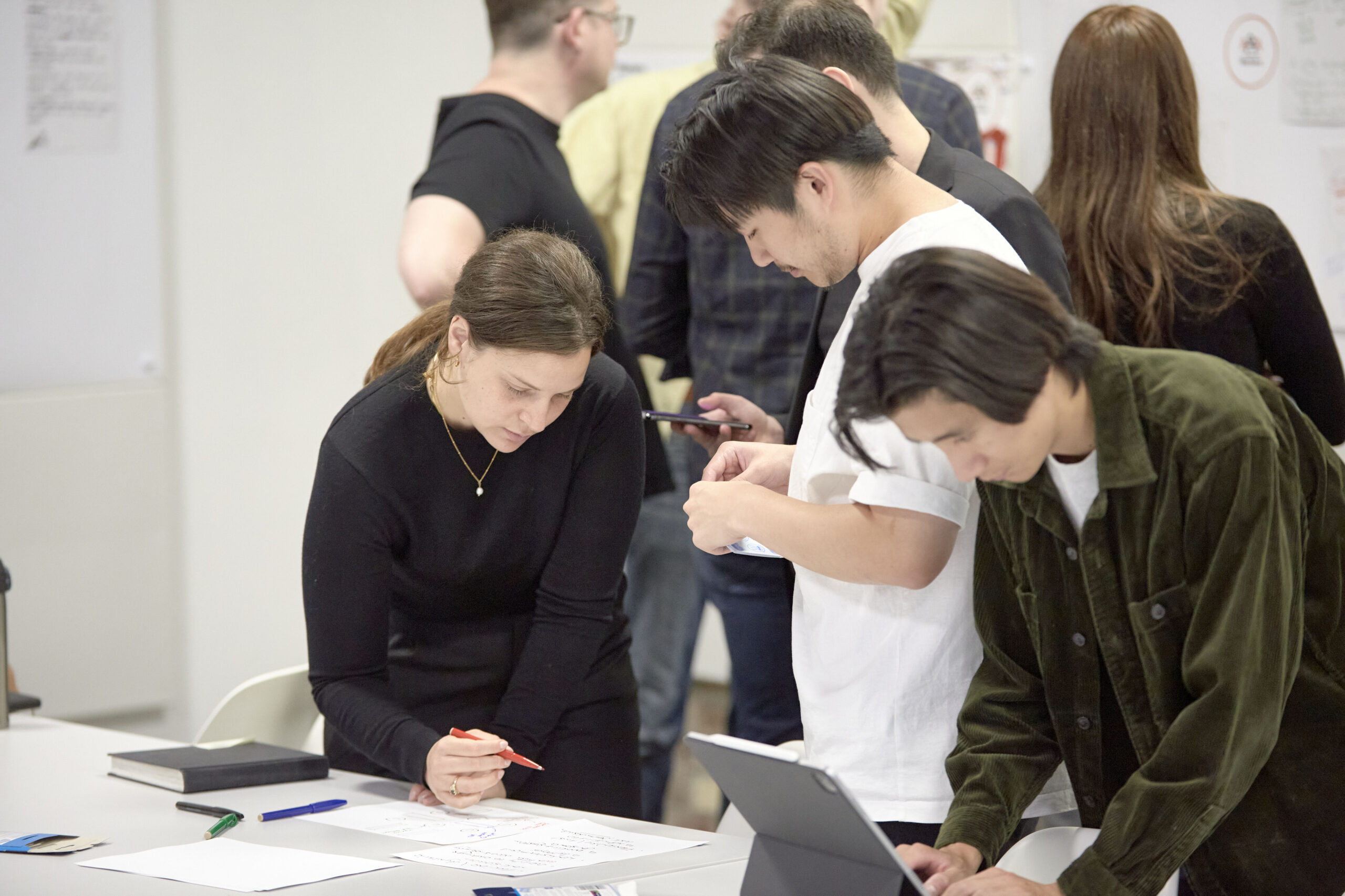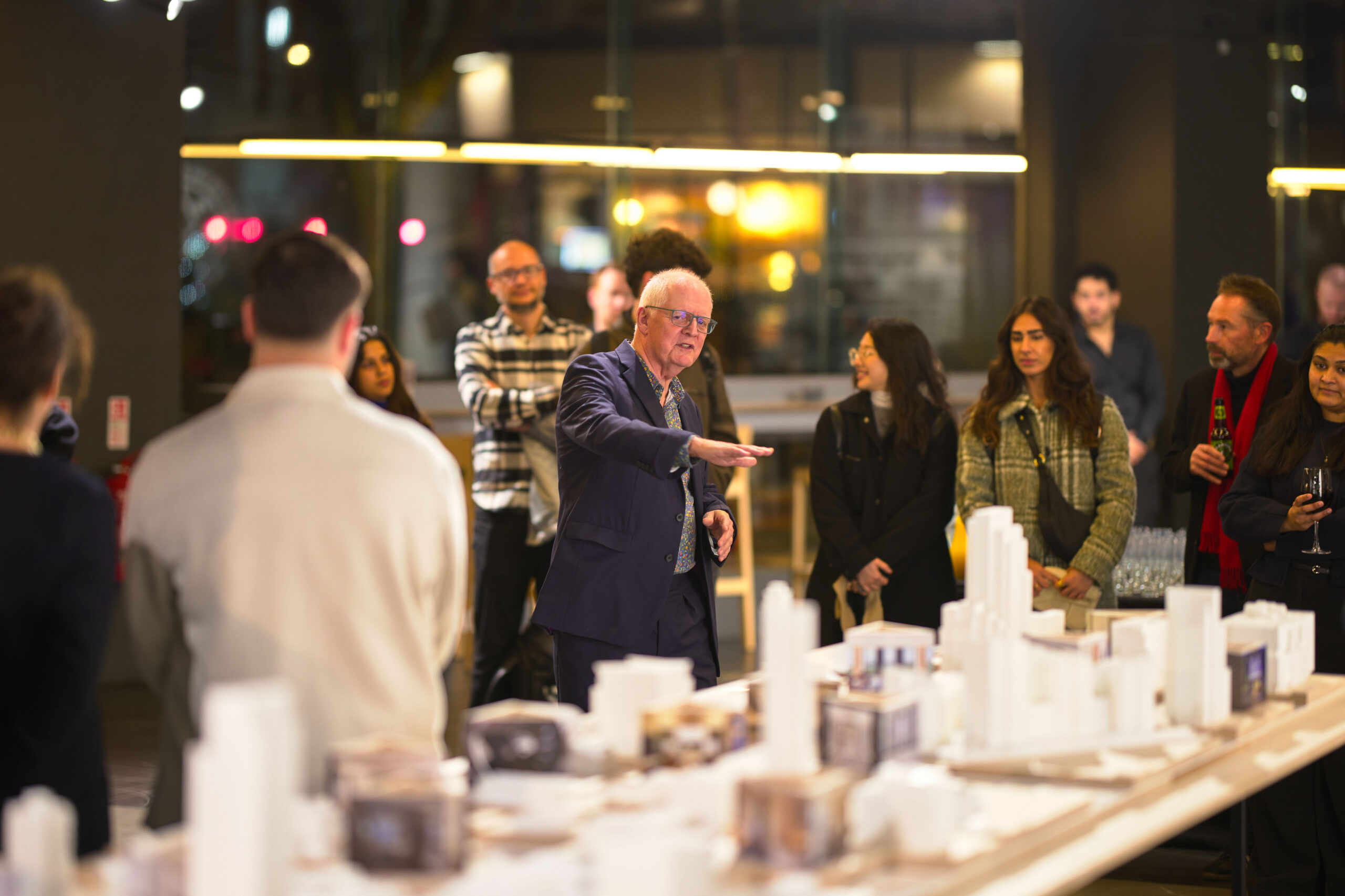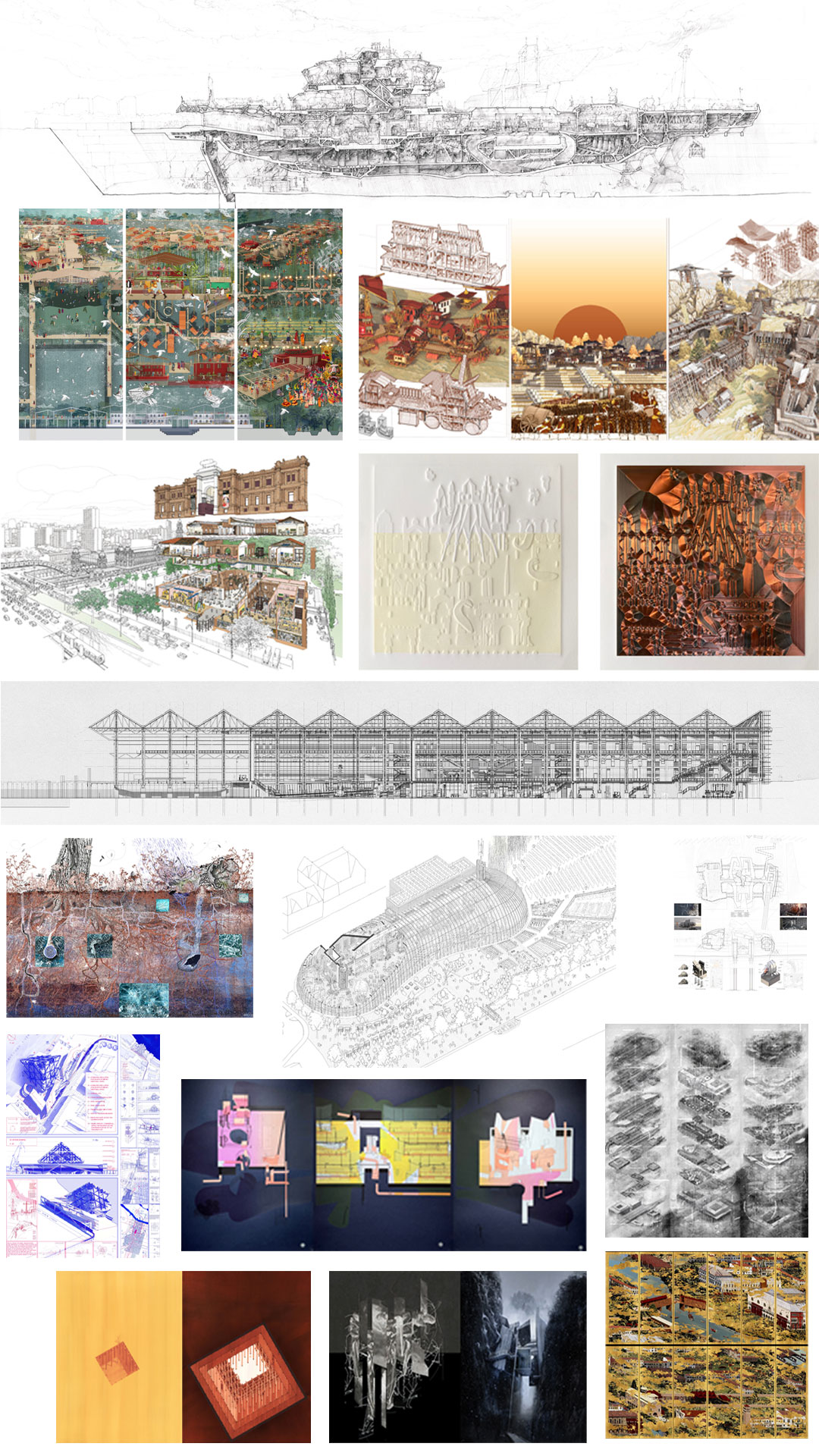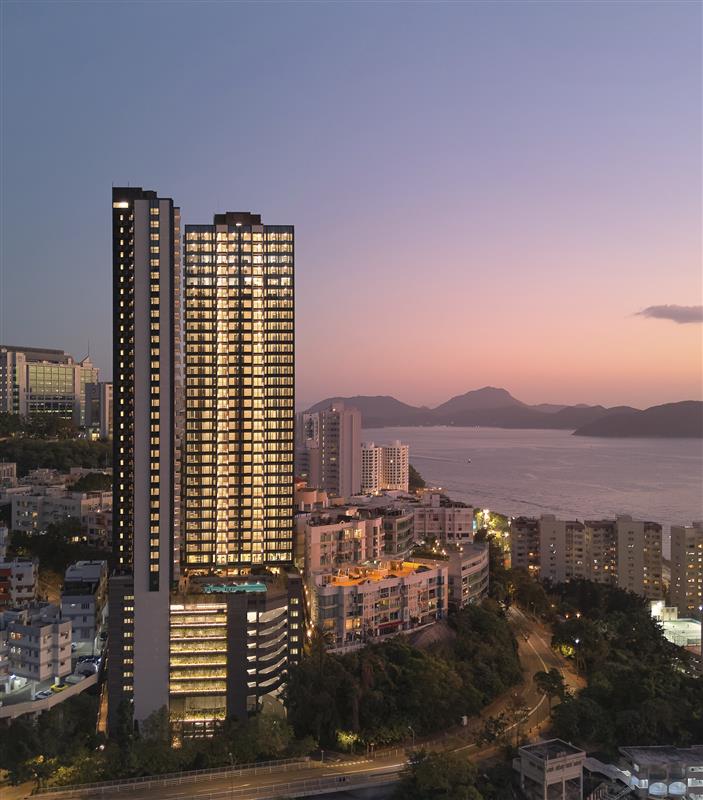
The nerdy specifics:
The Safari has a certain triangular formed grip or section that guides one to hold it just the right way and which does not require the writer to glance at the nib to ascertain its correct orientation. It is a light pen perfectly weighted and balanced for my hand and drawing technique whether the cap is posted or not. It’s nib is easy to replace with other nib sizes, materials and types making it infinitely variable. The cap can be pulled off and replaced quickly with the most satisfying click rather than the classic screw on and off cap. The pen is manufactured from the same hard yet warm plastic as Lego and in considered colours. There is a view window which allows one to see how much ink is left. The clip is useful and very distinctive. The pen is also reliable, consistent and very durable.
This pen nurtures, and communicates clearly one’s particular style of writing or drawing which is very enjoyable as it appears on paper. It deposits one’s urges with the most fabulous haptic experience.
This post forms part of our series on The Architecture Drawing Prize: an open drawing competition curated by Make, WAF and Sir John Soane’s Museum to highlight the importance of drawing in architecture.

